An Unpleasant Walk in the Woods
If there were a good reason why bestselling hiking memoirs don’t turn into great movies, it should be that in novels the protagonist’s internal transformation and growth is readily portrayed through narrative, while films struggle to show these internal changes. It should be that the protagonist’s venture out of their comfort zone and into the unknown and then back again as a transformed character is limited in how it is portrayed, either as changes in their actions or via subtle visual changes – a slow thinning of the waistline, tanner skin, scars and bruises from the rough road, and the powerful resolve and acuity visible in a face after hours on the hard trail. These should be the challenges – portraying the narrative without incessant, droning voice-over.
Should.
We’ve already seen the successful translation from hiking book to film in the last year in Wild, Cheryl Strayed’s memoir of hiking part of the Pacific Crest Trail. So when the well-loved 1998 travelogue A Walk in the Woods by Bill Bryson was released in theaters this past week, there were high expectations. But where Wild succeeds with a dreamlike unfolding of a past life through montage and the slow development of the protagonist, A Walk in the Woods falls flat. Bryson’s book, while funny and informative, occasionally hints at deeper themes, but the film completely abandons all hope of anything more substantial than arthritic aches and geezer gripes. It’s this lack of substance coupled with the persistent physical comedy of two clueless old men on unforgiving terrain that leaves critical viewers wholly dissatisfied.
With a cast of great actors even a weak plot could be redeemed, except that Robert Redford, who plays the main character Bill Bryson, and Nick Nolte, who plays Bryson’s buddy from youth and hiking comrade Stephen Katz, can’t redeem this lost cause. They are 20 years older than the characters in the book and this completely changes the tone of the story from one of a mid-life adventure to a desperate last-hoorah-before-the-grave farce. Bryson, whose witticisms and factoids were pleasantly snarky or informative in the book, comes across sharp, indignant, and judgmental in the film. While a man in his 40s may crack biting jokes with glib or out of insecurity, for Redford the punchlines come across as explications from a grumpy old man. The few times he delivers information about the trail the facts interrupt the narrative, casts the character Bryson as a pompous know-it-all, and are delivered with all the finesse of a badly written Wikipedia page. The interplay between Redford and Nolte suggests crotchety old men solely preoccupied with their waning libidos and years, and all other characters are merely caricatures: the hippie-hipster hikers who make it look too easy or the enthusiasts who quiz others about their gear. The women, sadly, are reduced to even less. Bryson’s wife, played by the brilliant Emma Thompson, worries and nags the whole time, and Kristen Schaal makes do with a bossy-know-it-all role who criticizes Bryson and Katz for their choice of gear. Otherwise the women are stand-ins for Katz’s geriatric lasciviousness, visually stripped by male gaze and then mocked for their shortcomings. And while one joke could be laughed at as part of the old men’s bumbling shortcomings, the sexist jokes keep rearing their ugly heads. At one point the two men reminisce on two girls they knew from their youth, lamenting that they were not pretty, or funny, or rich, so they had to be slutty. Go ahead and try to make that scene appeal to young feminists, I dare you.
And yet, A Walk in the Woods is experiencing relative success at the box office. The naysayers (myself included) claim it’s insubstantial, it’s sexist, it’s got the wrong tone, it’s got the wrong actors, it has no motivation, it’s poorly directed, and it has subpar cinematography given the raw material (and yes, if you’ve ever seen a gorgeous sunset from atop Wayah Bald then the film is absolutely subpar in terms of sweeping Appalachian vistas). This film is not for hikers. Those who know and love the trail will be heartbroken that the landmarks are in the wrong order, the bears are called “grizzlies” (scoff!), the trail itself is largely neglected by the film, and if Scott Jurek got fined for spilling a little champagne at Mt. Katahdin after his epic feat then just imagine the littering ticket waiting for Bryson and Katz during one scene. This film is not for those who love the book or are inspired by tales of hard work and adventure. Lovers of the book will lament their favorite scenes were omitted, the breezy tone was lost, and they may notice the hypocrisy when Redford’s character insists they cannot drive the AT, but must continue to hike. (1) And yet, despite all this, the movie still elicits laughs in the theater and is earning money, implying that once again, even if you completely mangle your subject and follow a mediocre Hollywood formula you can still get cheap laughs and ticket sales.
Note:
1: Bryson hiked some of the trail. He also skipped a lot of it, drove along part of it and day-hiked, and then never finished the 100 Mile Wilderness in Maine.
You can read more:
http://www.nuvo.net/indianapolis/review-a-walk-in-the-woods/
http://www.latimes.com/entertainment/movies/la-et-mn-walk-in-woods-review-20150902-story.html
http://www.newyorker.com/books/page-turner/why-the-most-popular-hiking-memoirs-dont-go-the-distance (Note: I HIGHLY recommend this article. It’s not exactly about the films, but it’s written by a thru-hiker).
http://appalachiantrials.com/what-a-walk-in-the-woods-gets-wrong-about-thru-hiking-and-the-appalachian-trail/ (This one too, though it’s less a critical review and more informative about actual life on the trail).
http://www.nytimes.com/2014/12/03/movies/wild-stars-reese-witherspoon.html


